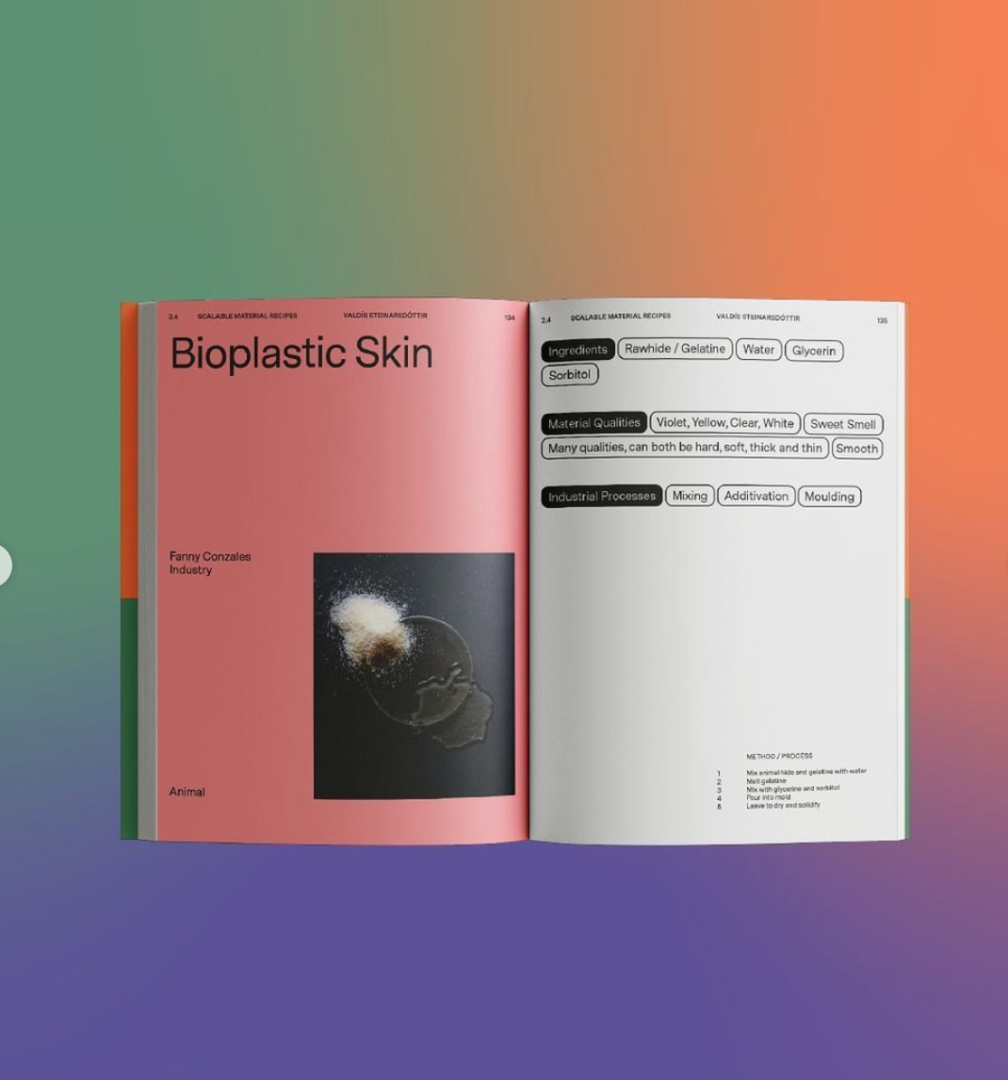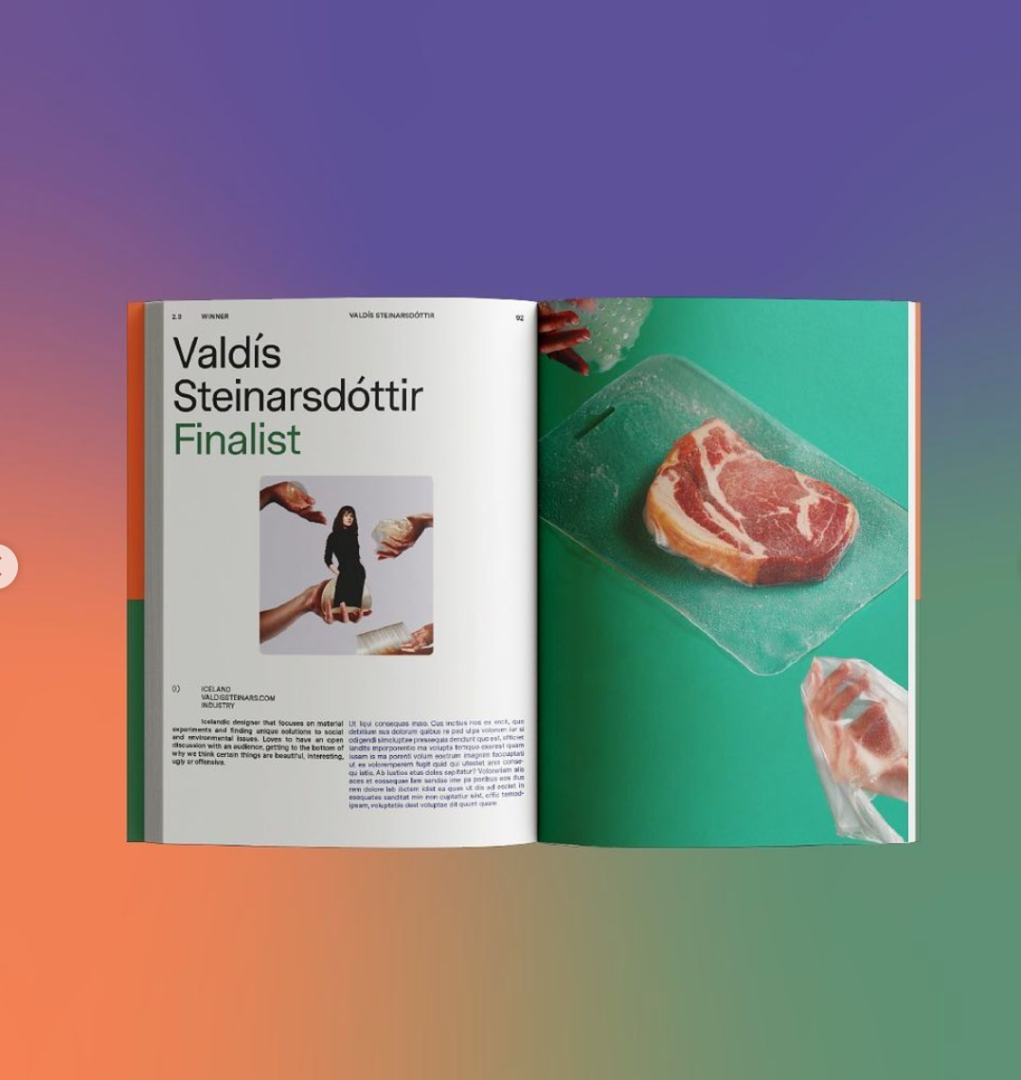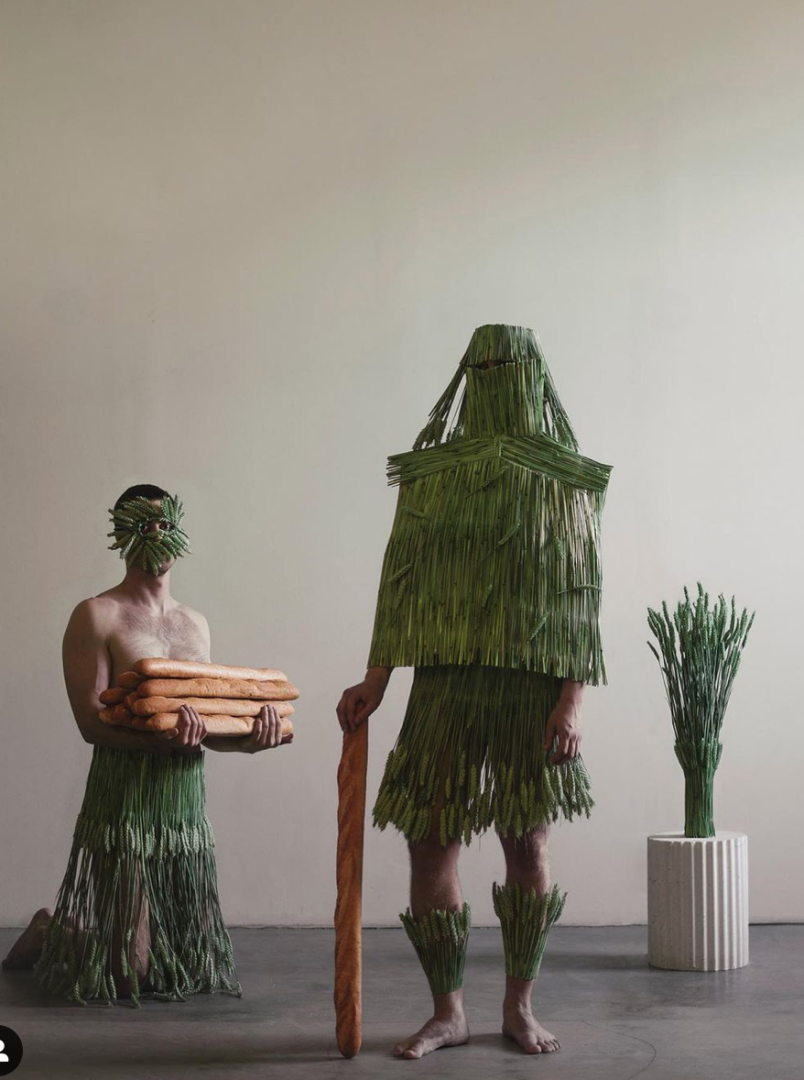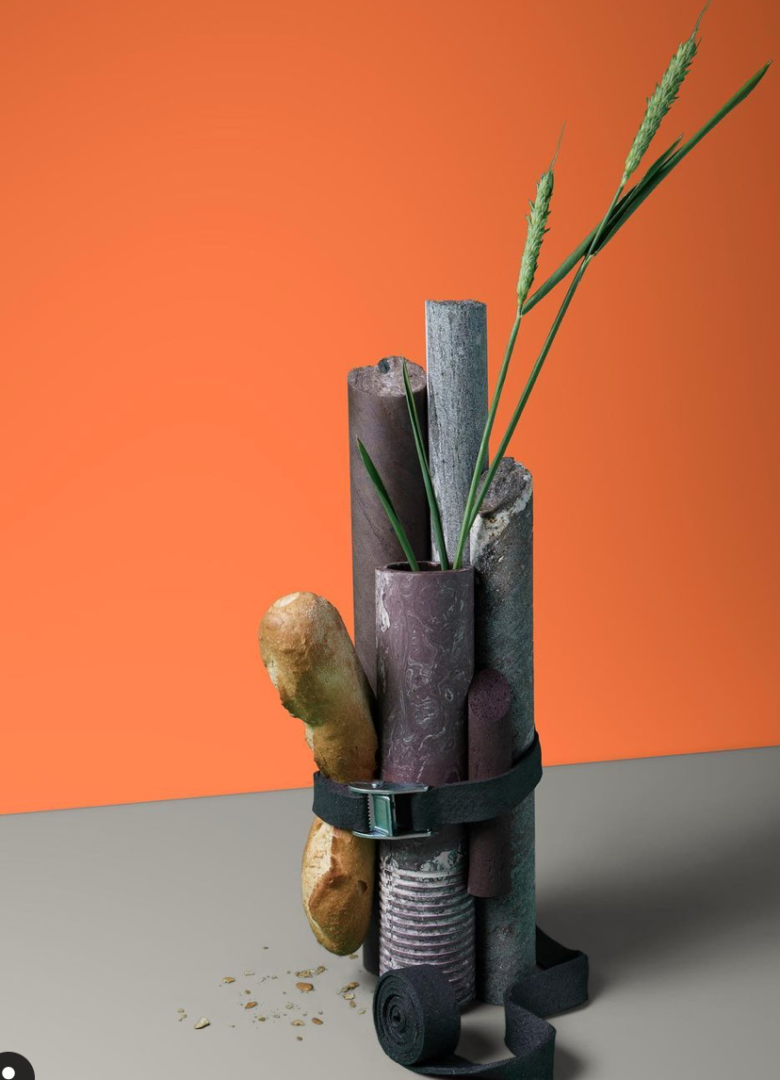Material Designers
Basic information
Project Title
Full project title
Category
Project Description
MaDe (Material Designers) is a competition, event series and platform devoted to realising the positive impact material designers can have across all creative sectors. Material Designers are agents of change: they can creatively develop techniques, materials and processes for construction and design, implementing positive social, economical, political and environmental change across all sectors towards a responsibly designed future. MaDe is a project co-funded by Creative Europe Programme.
Project Region
EU Programme or fund
Which funds
Other Funds
MaDe (Material Designers), project number 597290, has been co-funded under the Creative Europe Programme, dating 2018-2020.
Description of the project
Summary
MaDe is a project, aimed at boosting talent towards circular economies and focusing on those skill gaps that can enable designers to develop new sustainable materials, has been highly successful and transformative. Three partners and 6 associated partners all over Europe have made possible the spotting, training and make visible this future job professional profile: that of Materials Designers, that blend circular economy as purpose, creativity as solution provider, and materials and techniques as means. With the objective to train 120 designers into developing, through creative skills, a series of techniques and materials for construction and design that fulfill the circular economy criteria, more than 350 candidates all over Europe were initially spotted. The selected multidisciplinary background designers, travelled to one of the partners’ European destination (Barcelona, Milan, London) to undertake one of the 6 one-week intensive workshops (Barcelona, Milan, London). More than 25 nationalities, from a total of 8 European countries of residence were spotted and 120 were trained. Out of the 120 trained designers, 18 were selected as finalists and 3 were the winners of the MaDe Award, in three categories (Potential industry application, Start up potential, Future Vision). These winners undertook the MaDe Challenges, a series of internships within selected industries and organisations. In order to make visible this new design job profile and the finalists, a series of MaDe Films, MaDe Galleries, MaDe Award campaigns, Talks programmes in various Design Festivals, as well as a MaDe Book, were developed successfully. These activities have been highly successful through social media and media press, design events, and scientific congresses, with high rate of impact in both the professional creative and cultural sector and the wider public.
Key objectives for sustainability
MaDe has been a Creative Europe program that addresses specific skills needs for designers within the circular economy paradigm. The objectives of the Project were: 1. To explore and obtain a better undestanding on how can materials’ design contribute to attain a more circular economy; providing thus tools, strategies, guides, contents, education, in order to enable designers (i.e. fashion, furniture, objects, packaging,...) and new creatives (i.e. materials designers) to connect to industry: A series of best practices and training workshop guides have been developed. 2. To spot the European materials designers emerging scene in order to identify the most talented and promising creatives in this domain: More than 350 candidates, of 25 nationalities and all over Europe were spotted. 3. To provide 120 European students from different creative areas (design, arts, ...) with the appropriate skills to enhance their career as Specialist Materials Designers, which is foreseen as a job of the future in the design industry: 6 workshops in 3 different European cities (Barcelona, Milan, London) were undertaken, training into circular economy principles in the development of new materials and techniques. 4. To foster the career development and recognition of emerging materials designers: 18 were spotted as finalists and 3 were the winners of the MaDe Award. They were showcased in virtual exhibitions,design festival talks, social media and press.
Key objectives for aesthetics and quality
Another objective of the MaDe project was to connect new materials with designers and the industry through a digital platform that makes the tactility of materials come to life by enhancing the experience. This means that in order to achieve a higher engagement with both industry and the wider society, it is necessary to develop an appealing ‘new’ aesthetic for this new circular economy paradigm. MaDe has been able to do so, by developing a series of aesthetically appealing visuals of the Material Design projects: MaDe Portraits (appealing aesthetics of the designer’s profile picture), MaDe Films (a series of short films of each of the 18 finalists’ projects) MaDe Edits (an inspirational promotional audiovisual for the wider public to engage with these new narratives and aesthetics.
Key objectives for inclusion
For the workshops, callS for participants were generated with around 300 entries of possible participants. Based on the criteria for selection (Country of residence – from associated partners (Iceland, Germany, Sweden, Portugal, Czech republic, Denmark), Gender, Designer’s subdiscipline profile), a mix of designers were selected into a final participant list of 120 into the 6 workshops transnational workshops. The associated partners appointed 10 participants of their ecosystem, resulting in workshops with 10 local designers and 10 overseas designers. The Quality assessment analysis shows that total of 25 nationalities were represented, and a balanced proportion in terms of gender was attained.
Results in relation to category
Material Designers are agents of change: they can creatively develop techniques, materials and processes for construction and design, implementing positive social, economical, political and environmental change across all sectors towards a responsibly designed future. A total of 120 material designers have been trained in the circular economy skills focusing on materials, techniques, and processes in construction and design. The methodology, contents and results have been developed and can be used in further iterations of the project or even by other parties. Career opportunities for the material designers to work transnationally developing materials, techniques and processes, has been stimulated through the MaDe Awards and MaDe Challenges-virtual residencies and the MaDe The MaDe Book and the MaDe Online Platform and social media has also promoted the visibility and recognition of this emergent talent. All works from the 120 participants in the MaDe Workshops programme are available both in the Book as well as on the website materialdesigners.org. Their MaDe projects, Galleries and Films have been promoted within social media (more than 12,800 IG followers), gaining a wide visibility impact. Moreover, the presence of MaDe in different alternative virtual exhibition calls (Dutch Design Week, Barcelona Design Week) as well as in upcoming exhibitions proves the interest on this field.
How Citizens benefit
The civil society has been involved in terms of understanding the global needs of society in terms of sustainable concerns, and being included those challenges and concerns in the development of the co-design process of the methodology and contents of the training workshops. Besides that, the wider civic society has also been able to understand the project thorugh the press and TV media impact that the project has generated.
Innovative character
The innovative aspects of the project are:
To have been able to early spot the skill gaps needs of designers in relationship to circular economies and also to early spot the emergence of a new design job profile: that of Materials Designer
To have been able to develop a co-design methodology and contents to enable the adequate and innovative training of designers towards blending circular economy as purpose, creativity as solution provider, and materials and techniques as means
The wide European tansnational scope (3main partners and 6 associated partners from 9 EU countries)
To have been able to develop a specific appealing aesthetic, showcasing the new aesthetics for the 21st century sustainability
To have been able to achieve dissemination and communication impact beyond the design ecosystem.






